
Nationalistic pride aside, the better player won. Spain's Carolina Marin is at the peak of her powers, is already a two-time world champion at the age of 23, and it is only fitting that the woman who ended the Chinese stranglehold at the top of badminton became Olympic champion too.
However, Pusarla Venkata Sindhu can hold her head high. The 21-year-old Hyderabadi became India's youngest-ever Olympic medallist when she won the silver at the Riocentro on Friday, 19 August.
Yes, she won the silver, unlike the old adage that one loses the gold.

To push Marin to her limit was Sindhu's biggest achievement on the day. In winning the tight first game, she not only gave hope to billions of Indians, but also made the Spaniard work hard to come from behind and win.
While the second game saw a dominant Marin, the third game was also even to quite an extent, before Marin asserted her superiority to take home the crown.
But India has found itself a new sporting sweetheart, and it's not just because of the medal she has won. In Rio, Sindhu embodied hope for the faltering Indian contingent, keeping the flag flying throughout, and at the end of her campaign, even in defeat, she was gracious enough to help her opponent get up off the court after she had been overcome by emotion. Isn't that what the Olympics are all about?
Top-notch technique
Saina Nehwal is the queen of Indian badminton. She was always the No.1 hope for India in the sport at the Olympics. But once she was gone, losing in the group stage, Sindhu took the ball and ran with it.
Technically, Saina and Sindhu make for an interesting contrast. While Saina is primarily a defensive player who relies on long rallies to win points rather than 'killing' the shuttle, Sindhu is the opposite. She is a naturally attacking player with a killer instinct, and has always unfazed by the bright lights of a big stage.
Look at her career record - two world championship bronze medals (in 2013 and 2014, even before she turned 20) and now an Olympic silver, and she hasn't yet won a single Super Series event - the bread-and-butter for top level badminton players.
In fact, her first claim to fame was when she beat Li Xuerui mere months after the Chinese had won the 2012 Olympic crown. The victory sent shockwaves throughout the badminton world, and heralded the arrival of a special talent.
But in Rio, observers saw a new dimension to her game. In the words of a senior journalist who has been covering badminton for more than a decade: "Saina was always a retriever. But in Rio, we have seen a completely new Sindhu, who has improved her defence. Earlier, she used to lose her patience in long rallies, but against Marin, and even against Wang Yihan, she showed tremendous patience."
Asked if Sindhu's height (5'11") was an advantage, the journalist added: "It does help, because it gives her a long reach. But it can also be a disadvantage, especially in picking low shuttles on her backhand, which Marin thoroughly exploited in the final."
The Gopichand factor
For the second Olympics in a row, one of Pullela Gopichand's wards has won India a medal. In both his capacities - as the national coach and as the primary badminton guru for Indian kids - Gopi has proven to be the most valuable asset in the sport of badminton.
But even in that, there's a difference. Saina had come to Gopi after already having grabbed some eyeballs at the domestic level. Her fundamentals were sound, thanks to her childhood coach Syed Mohammed Arif, and Gopi took her to the next level.
But Sindhu is a Gopi product through and through. Together, they have worked hard to refine her raw talent over the last decade or so, and apart from Sindhu herself, he deserves the second most amount of credit for her success.
The beginning of something special
Winning the Olympic silver at age 21 is not the end of the road for Sindhu. In fact, it could be the beginning of a very special phase in her career, as she finally seems to have identified the flaws in her game and worked on them.
The journalist explains: "Sindhu has always been a very positive person, and she can analyse the game very well. But what has been lacking so far has been consistency, and a certain amount of maturity and patience - during rallies, for example. If she can play the way she did through the Olympics, her talent, attacking mindset and big-stage presence will guarantee that she goes on to become one of the legends of the game.
"That's what Marin, who is only two years senior to her, is doing right now. She always had the talent, but she has harnessed it brilliantly, and is well on her way to becoming an all-time great. That's something Sindhu can learn from her."
Sindhu needs experience at the top level, and for that, she needs to step up her consistency at Super Series events.
Come Tokyo 2020, she could very well be wearing the yellow metal around her neck. The Rio silver medal is just a beginning.
More in Catch
Sub-Marin but better than the rest: PV Sindhu wins silver for India
Saina Nehwal is passe, PV Sindhu is the new face of Indian badminton
First published: 19 August 2016, 11:34 IST

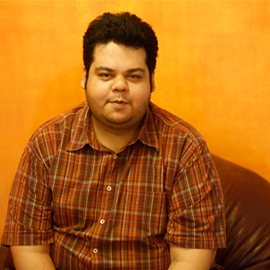
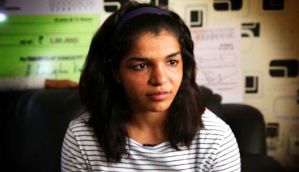
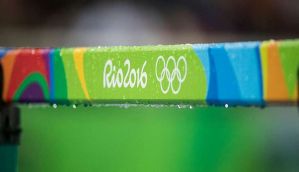

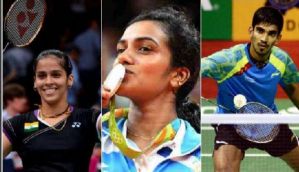
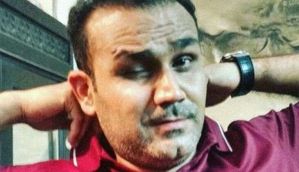
![BJP's Kapil Mishra recreates Shankar Mahadevan’s ‘Breathless’ song to highlight Delhi pollution [WATCH] BJP's Kapil Mishra recreates Shankar Mahadevan’s ‘Breathless’ song to highlight Delhi pollution [WATCH]](https://images.catchnews.com/upload/2022/11/03/kapil-mishra_240884_300x172.png)

![Anupam Kher shares pictures of his toned body on 67th birthday [MUST SEE] Anupam Kher shares pictures of his toned body on 67th birthday [MUST SEE]](https://images.catchnews.com/upload/2022/03/07/Anupam_kher_231145_300x172.jpg)






